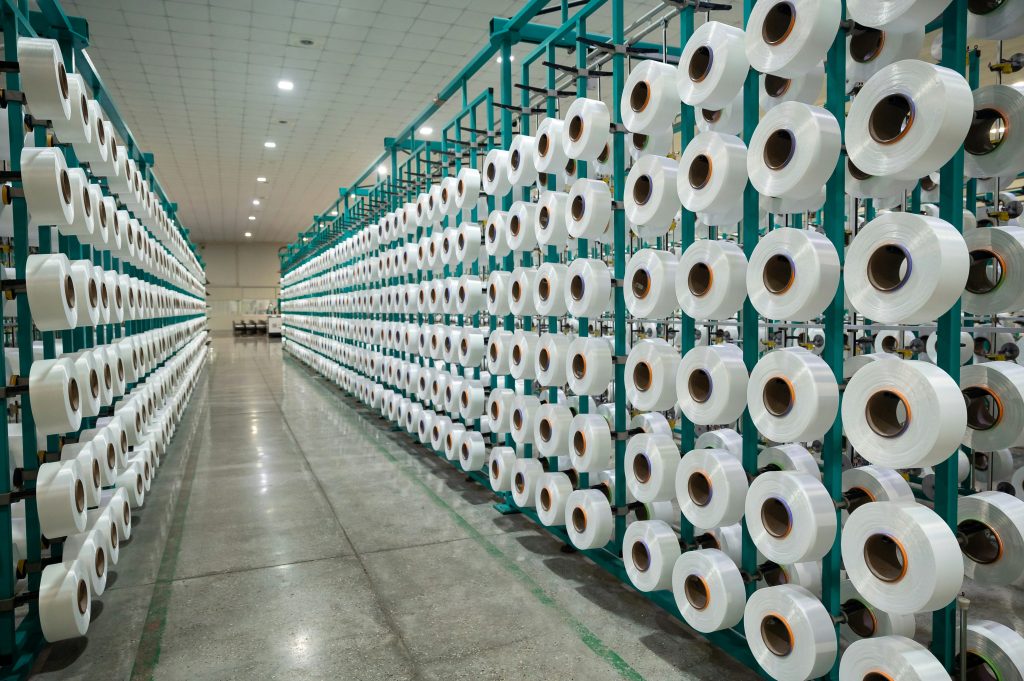As temperatures rise and spring signals renewal, the familiar urge to refresh one’s wardrobe emerges once again. Yet for many consumers—and investors—the question has shifted: how can we embrace new styles without compounding environmental and ethical concerns that increasingly define the global fashion supply chain?
The answer, increasingly, lies not in consumption, but in recalibration.
Across the retail landscape, personal style is evolving from fast-moving trends toward timeless expression, anchored in values. Consumers are revisiting their closets, discovering the untapped potential of past-season garments. A crisp white dress paired with modern accessories, or the addition of a vintage silk scarf, can transform familiar pieces into statements of intent. Clothes swaps and shared wardrobes are also gaining traction, reflecting a broader consumer pivot toward circularity.
Even when something new is warranted, shoppers are turning to resale platforms and curated vintage outlets. Once niche, secondhand fashion is now mainstream, driven by growing sophistication in online marketplaces and consumer appetite for uniqueness. Each reused garment represents one less item headed to landfill—small actions that feed into a broader economic shift.
But what may surprise some is where the most consequential changes are taking root—not in European ateliers or Silicon Valley startups, but in Bangladesh.

Long known as a key player in low-cost apparel manufacturing, Bangladesh is quietly transforming into a standard-bearer for ethical and sustainable textile production. With more LEED-certified green factories than any other country, Bangladesh is leading the charge in reengineering the backbone of global fashion.
And the country’s sustainability push doesn’t end here. Bangladesh is now at the forefront of large-scale textile recycling, creating systems that treat waste not as a byproduct but as a resource. Companies like Youngone Corporation are pioneering textile-to-textile (T2T) recycling—an approach that mechanically processes post-industrial materials such as polyester, wool, and nylon scraps back into usable yarns and fabrics. Unlike traditional downcycling, which degrades the material, this method retains fiber quality, enabling scraps to be re-spun and reused in their original form.
At its Korea Export Processing Zone (KEPZ) in Chattogram, Youngone is expanding an eco-industrial park to include a yarn regeneration facility that converts factory waste directly into new textiles. This on-site production model slashes transportation-related emissions while replacing the need for virgin synthetics at industrial scale.
These developments sit within a wider shift in material innovation across the sector. Factories are transitioning to bio-based nylons made from renewable inputs, adopting PFC-free water repellents, and replacing conventional inks and adhesives with water-based versions. Some have even begun phasing out plastic packaging in favor of biodegradable alternatives.
Community engagement is part of the equation too. In Dhaka, Gazipur, and other manufacturing hubs, NGOs and worker collectives help recover leftover fabric—locally known as jhoot—for reuse. In Gazipur alone, more than 10,000 tons of textile waste are repurposed annually, creating upward mobility for over 1,500 workers, many of whom are building new careers in recycling and materials handling.
For global brands and institutional investors, these changes matter. As Environmental, Social, and Governance (ESG) standards tighten and consumer expectations evolve, Bangladesh offers a competitive edge in ethical sourcing. As noted in the latest Commonwealth Market & Policy Institute (CMPI) report, perceptions of Bangladesh as a low-value supplier are increasingly outdated. Its ESG-driven transformation is influencing sourcing decisions, capital flows, and the long-term viability of the industry.
For consumers, the seasonal wardrobe refresh no longer starts at the mall—it begins with intention. Whether by repurposing existing pieces, investing in secondhand garments, or aligning with brands sourcing from sustainable supply chains, the modern wardrobe can now reflect both personal style and planetary responsibility.
What’s emerging is not just a trend but a structural evolution: a fashion economy where growth doesn’t rely on extraction and excess, but on circularity, innovation, and shared value.
In this new landscape, dressing well no longer means dressing at any cost. It means dressing wisely—for the market, for the climate, and for the future.





